January's been exciting, space-wise. Read on about two of the month's biggest developments!

by Gideon Marcus
Up and Down
Almost two years ago, Gordo Cooper orbited the Earth for a full day in his spacecraft called Faith 7. This marked the end of the Project Mercury, America's first manned space program. Work was already apace on Project Apollo, a three-seat spaceship scheduled to land on and return from the Moon before 1970. However, with the Soviets launching spectacular Vostok flights with discouraging regularity, President Kennedy was not about to let several years go by while the Communists continued to rack up a lead in the Space Race.
Plus, it's important to walk before running. Mercury was barely a crawl — we provided a minimum capsule for a single human to spend no more than a day in space. The craft was a technological dead end (though there is some talk of turning the surplus four capsules into space telescopes).
Meanwhile, the Apollo system consists of four components: the Command Module where the astronauts sit, the Service Module with engines and life support, the Lunar Module that will land on the Moon (itself comprising two parts!) and the trans-stage that will boost the whole stack from the Earth. To successfully get this unwieldy affair safely across half a million miles of space will require the ability to change orbits, rendezvous, dock, and other complicated maneuvers.
Some kind of bridge is necessary. It now exists, and it's called Gemini.

The two-seat Gemini is a real spacecraft, literally able to fly rings around a Mercury…or a Vostok for that matter. In the ten or so planned flights, its pilots will not only learn the skills necessary for Apollo missions (and thus become the prime candidates when those missions happen), but they will also be in space far longer than anyone has been before. Missions of up to two weeks are possible with Gemini!
As with Mercury, uncrewed test missions are necessary to make sure Gemini is up for human use. Unlike Mercury, there were only two such Gemini missions planned — a dividend of Project Mercury (and there may have been a chimponaut strike, too).
Mission One was an orbital test, mostly to make sure the new Titan II missile worked properly as a spaceship booster. Launched almost a year ago, on April 8, 1964, the mission went exactly as planned: Gemini 1's instrument pallets went silent after three hours of battery-powered transmission, the craft burned up a few days later upon reentry, and the holes drilled into the heat shield that adorned its hind end ensured its fiery doom.
Of course, it's all very nice that Gemini goes up, but could it come down? That was the goal of the Gemini 2 mission. Like Alan Shepard's flight into space back in May 1961, Gemini 2 was a suborbital jaunt planned to last all of 19 minutes.
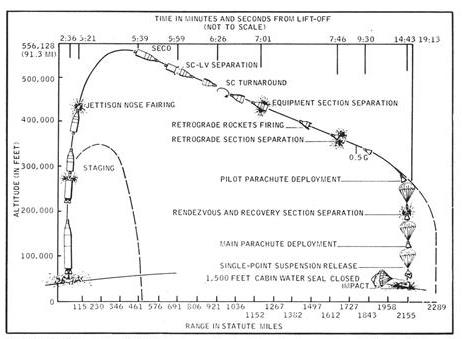
At four minutes after 9 AM, Eastern Time, the Gemini-Titan booster staged at Cape Kennedy's Launch Complex 19 flared to life. Twin Aerojet engines blasted 215,000 pounds of thrust, hurling the rocket into the air at ever increasing speed as the red launch tower swung down from vertical to horizontal. 152 seconds after lift-off, the engines went silent, and the second stage cast off the first with an explosive disdain. Just three minutes after that, stage two also went silent, and the Gemini capsule was cast off to fly freely.

Gemini 2 wasted no time in turning itself around, and just seven minutes after launch, at T +415 seconds, the spacecraft fired its retrorockets, sending the ship on a collision course with the Earth. It was a steep landing, designed to burden the heat shield with a load higher than what any human crew might experience. But the little ship that Douglas built was up to the task, crashing through the layers of the atmosphere without incident, unfurling its parachutes and landing in the Atlantic Ocean almost three thousand miles downrange.
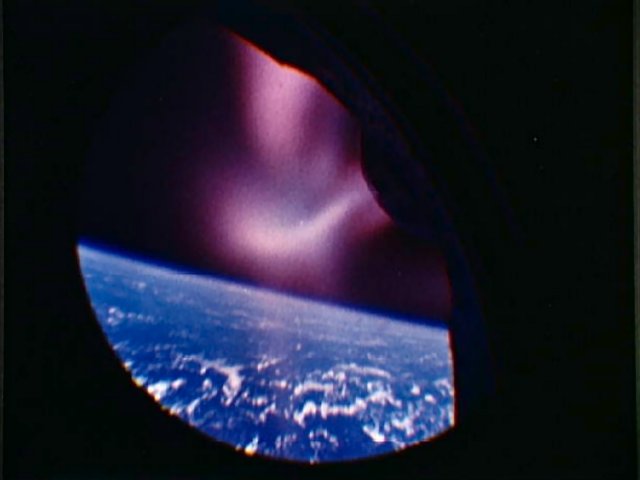
It had not quite been a perfect flight: a fuel cell that would have been the spacecraft's electricity supply during a long flight failed before lift-off, and the ship's cooling system ran hot. But it was good enough for government work. Astronauts Gus Grissom and John Young, the former already a space veteran, are scheduled to go up on Gemini 3 come spring. With luck, we could see as many as three more launches before year's end.
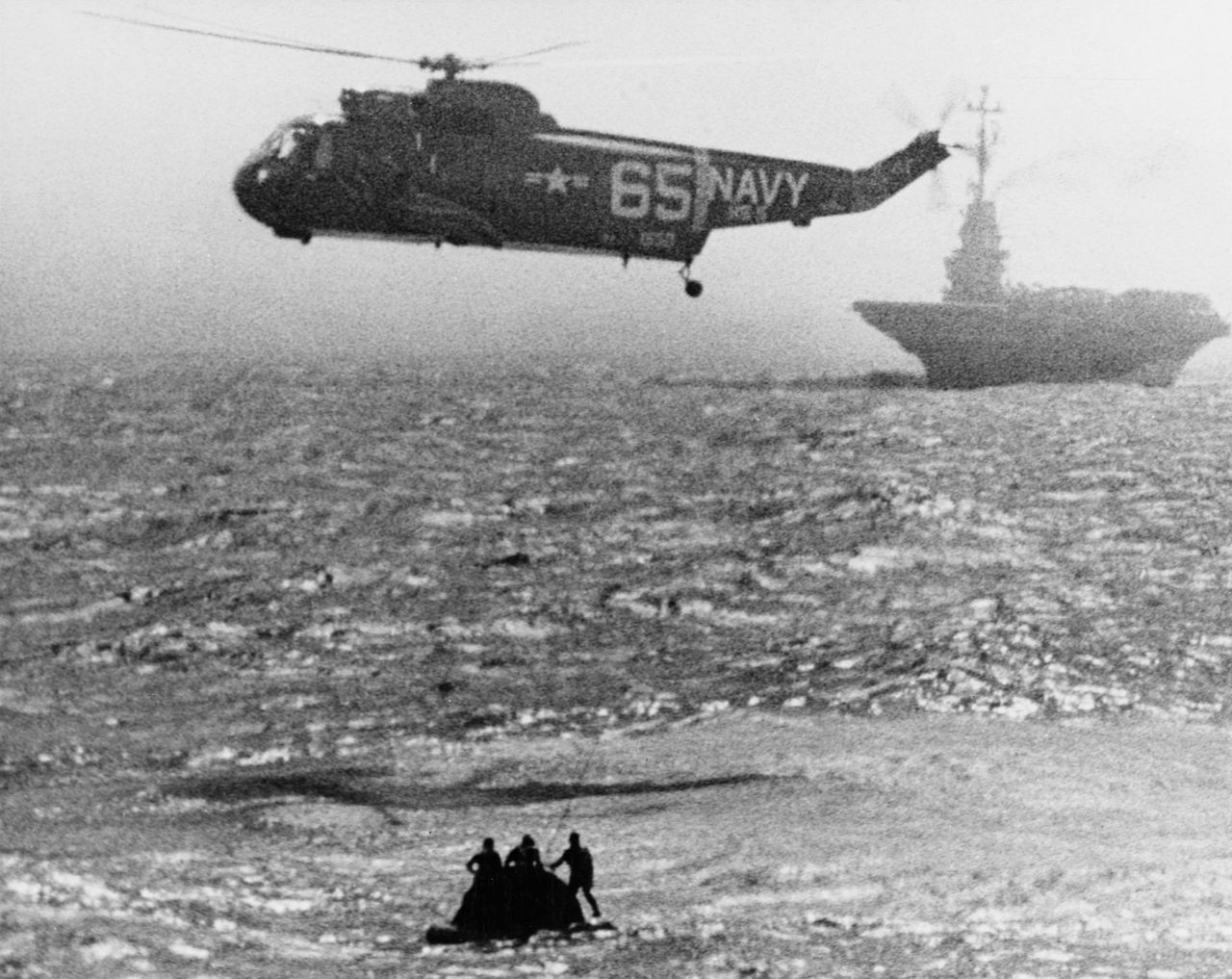
I in the Sky
Since 1960, TIROS TV satellites have been keeping tabs on Earth's weather. Zooming around the Earth every couple of hours, they have snapped shots of incipient hurricanes, raging storms, and swathes of clear skies in a way that was pure science fiction just half a decade before.
Scheduled to be superseded by the advanced NIMBUS satellites, NASA decided that there's no reason to stop using what works! So TIROS just got upgraded, and the first of a new line was launched on January 22, 1965.
The ninth in the series, also called "TIROS I", is special for a number of reasons. Firstly, it is the first TIROS to be launched into a polar orbit. Instead of cruising East to West like most satellites, it circles North to South, with the Earth rotating underneath it. This allows TIROS to photograph every part of the planet once a day.
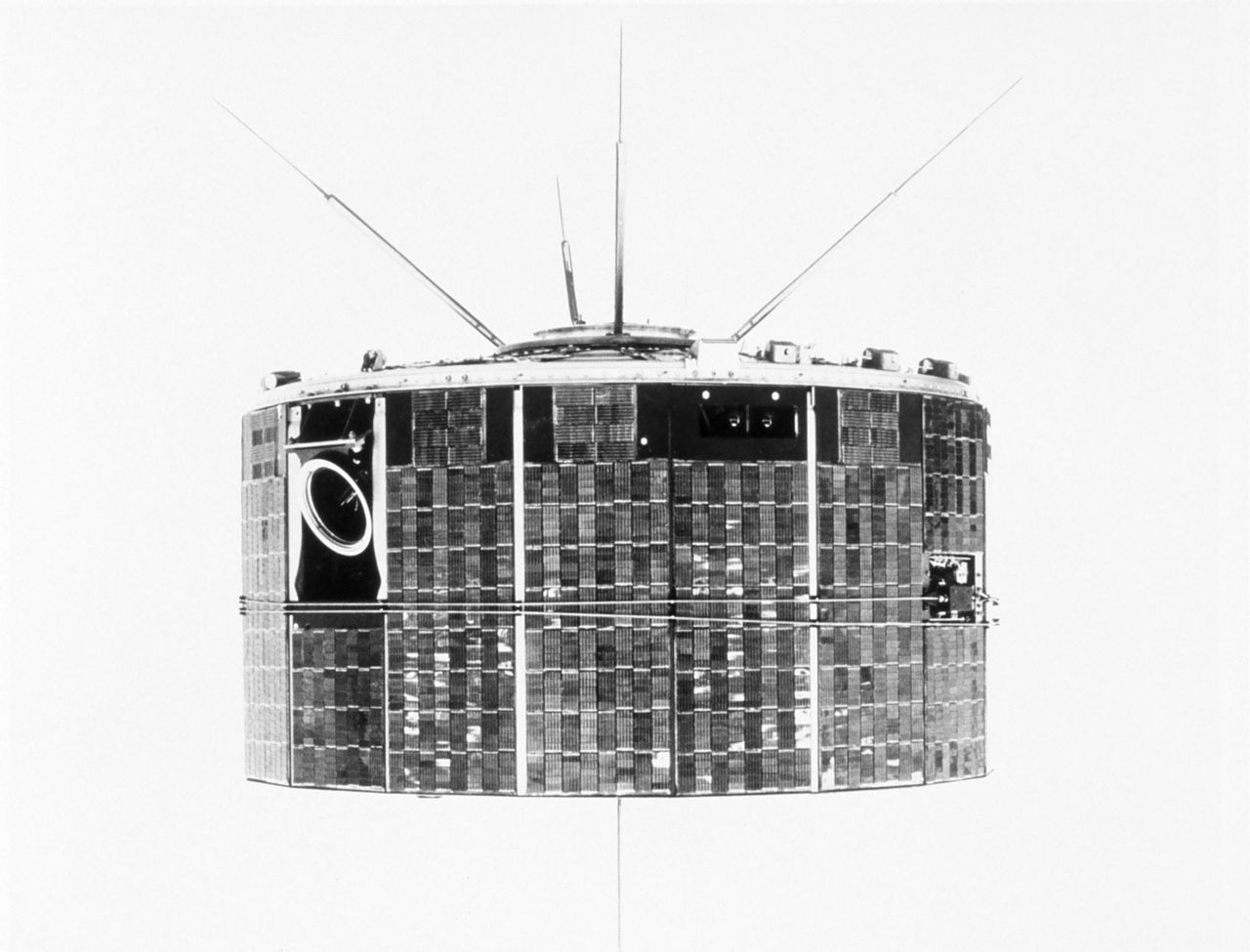
Moreover, the TIROS I is of a new "cartwheel" design, spinning in space for stabilization with its axis perpendicular to Earth. From the ground, it appears to roll around in the sky, its twin TV cameras mounted on the spinning rim to snap a shot once every three seconds.
Everyone complains about the weather. Thanks to the new TIROS, now we can do more about it (or at least react with warning!) than ever before. Sure, Gemini and Apollo will grab the headlines over the next few years, but it's the hard-working robotic satellites that are really ushering in the future.
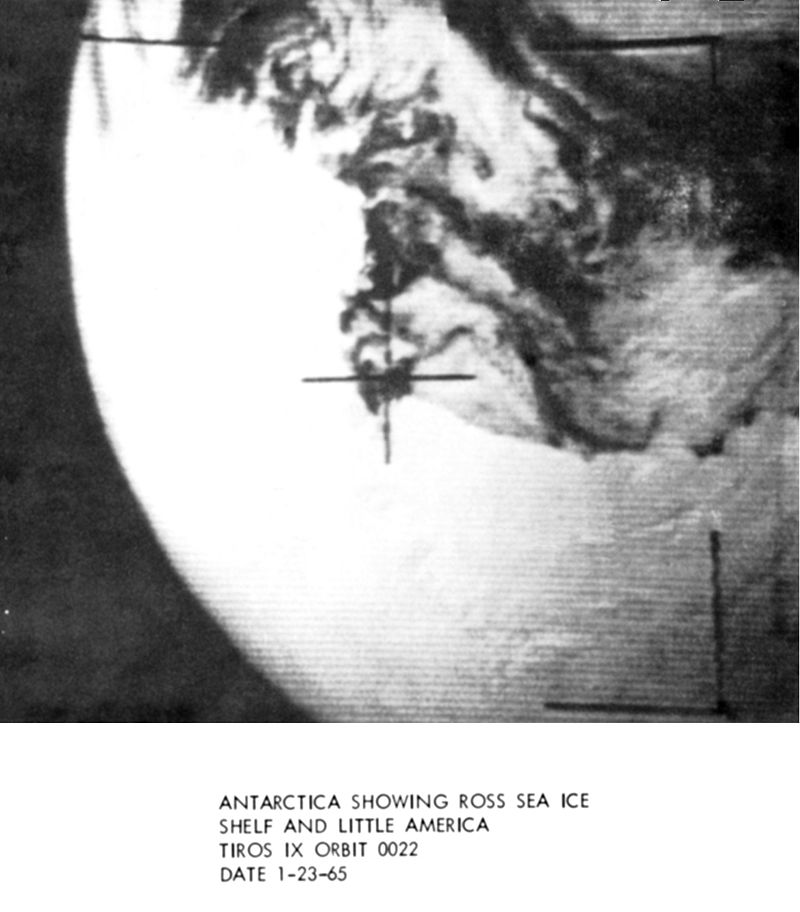
[If you have a membership to this year's Worldcon (in New Zealand) or did last year (Dublin), we would very much appreciate your nomination for Best Fanzine! We work for egoboo…]

![[January 28, 1965] Castor, Pollux, and TIROS (Gemini 2 and TIROS 9)](https://galacticjourney.org/wp-content/uploads/2020/01/650126launch-546x372.jpg)

![[April 10, 1964] Piercing the night (Gemini, Zond, Kosmos 28, and Explorer 9)](https://galacticjourney.org/wp-content/uploads/2019/04/640410gemini-672x372.jpg)
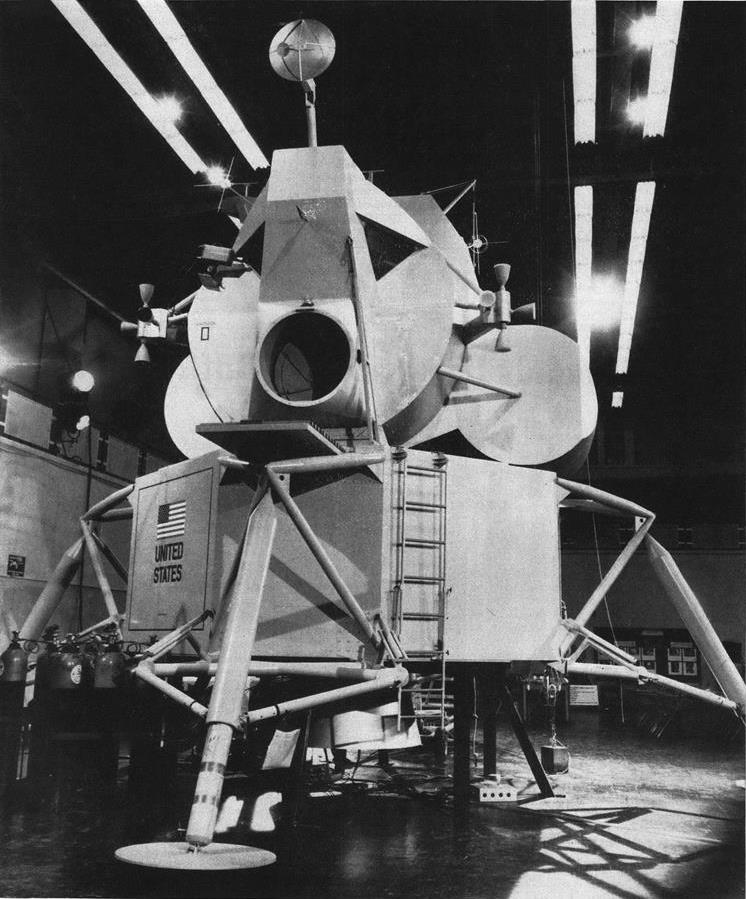

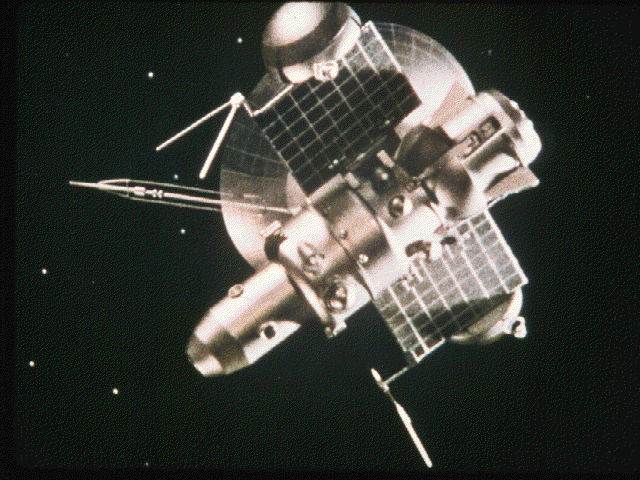

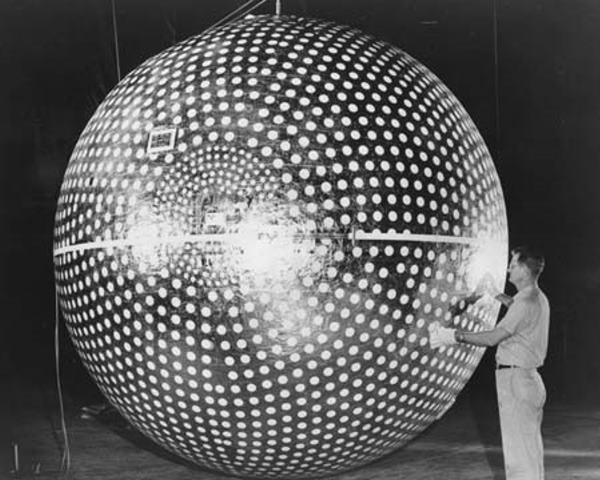
![[February 5, 1964] That was the Month that Was (January's Space Roundup)](https://galacticjourney.org/wp-content/uploads/2019/02/640205echo2-672x372.jpg)







